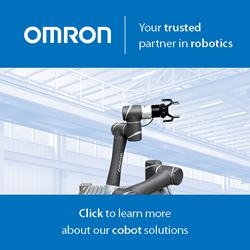New US Robotics Roadmap calls for increased regulations, education and research
Global collaborative robots market expected to grow at a high rate
R&D Spending Expected to Spike in Robotics Industry Until 2020
Over half of global business leaders embrace robots, and 94% open to a robotic future
Robotics - too good to be true? Just 52% believe that robots can go beyond data entry to understand business processes
Scientists develop bee model that will impact the development of aerial robotics
North American Robotics Market Records Strongest Opening Quarter Ever
IDC Forecasts Worldwide Spending on Robotics to Reach $135 Billion in 2019 Driven by Strong Spending Growth in Manufacturing and Healthcare
Asia: Robots, Automation & the Xi Jingping-effect
Consumer Drone Shipments to Exceed 90 Million Units and Generate $4.6 Billion in Revenue by 2025
UCSD to create robots that see, think and do
Robots Learning Judo Techniques to Fall Down Without Exploding
WowWee brings expensive university bots to store shelves
OSU Engineers Test Locomotion Abilities of Two-Legged Robot
Yale Robotics Engineers Collaborate on Study of Superior Grasping Ability of Primates
Records 76 to 90 of 93
First | Previous | Next | Last
Featured Product

